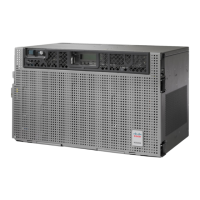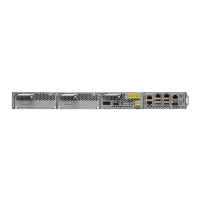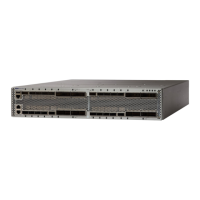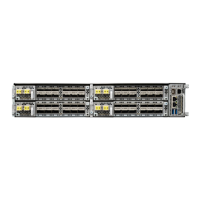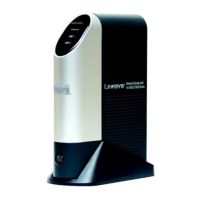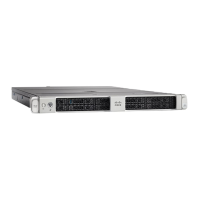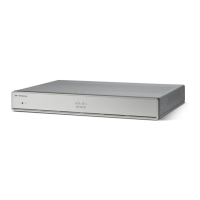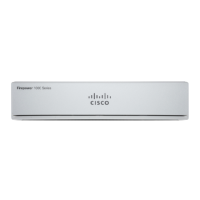Solution Removing a card that currently carries traffic on one or more ports can cause a traffic hit. To avoid
this, perform an external switch if a switch has not already occurred. Refer to the procedures in the Alarm
Troubleshooting, on page 99.
Caution
Fiber and Cabling
This section explains problems typically caused by cabling connectivity errors. It also includes instructions
for crimping CAT-5 cable and lists the optical fiber connectivity levels.
Bit Errors Appear for a Traffic Card
Problem A traffic card has multiple bit errors.
Possible Cause Faulty cabling or low optical-line levels.
Solution Bit errors on line (traffic) cards usually originate from cabling problems or low optical-line levels.
The errors can be caused by synchronization problems, especially if pointer justification (PJ) errors are reported.
Moving cards into different error-free slots will isolate the cause. Use a test set whenever possible because
the cause of the errors could be external cabling, fiber, or external equipment connecting to the NCS.
Troubleshoot low optical levels using the Faulty Fiber-Optic Connections, on page 59.
Faulty Fiber-Optic Connections
Problem A card has multiple alarms and/or signal errors.
Possible Cause Faulty fiber-optic connections. Fiber connection problems usually occur in conjunction
with alarms.
Solution Refer to the appropriate trouble-clearing procedure in Alarm Troubleshooting, on page 99
Possible Cause Faulty CAT-5 cables.
Solution Faulty CAT-5 cables can be the source of alarms and signal errors. Complete the Crimp Replacement
LAN Cables, on page 60.
Possible Cause Faulty Gigabit Interface Converters (GBICs).
Solution Faulty GBICs can be the source of alarms and signal errors. See the Replace Faulty SFP, SFP+, or
XFP Connectors, on page 61.
Invisible laser radiation may be emitted from disconnected fibers or connectors. Do not stare into beams
or view directly with optical instruments. Statement 1051.
Warning
Laser radiation presents an invisible hazard, so personnel should avoid exposure to the laser beam.
Personnel must be qualified in laser safety procedures and must use proper eye protection before
working on this equipment. Statement 300
Warning
Cisco NCS 2000 series Troubleshooting Guide, Release 11.0
59
General Troubleshooting
Fiber and Cabling
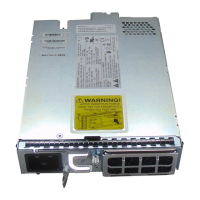
